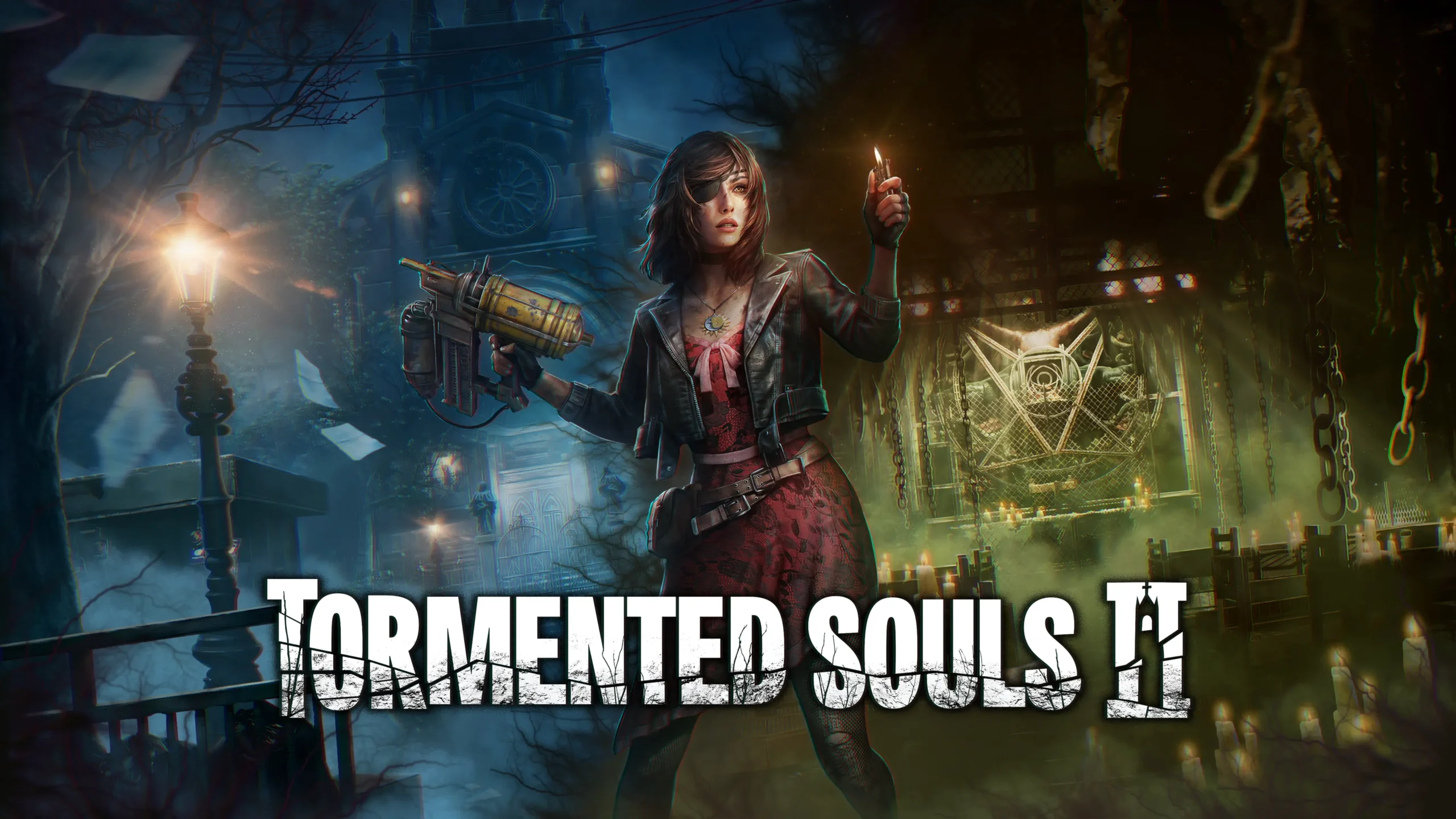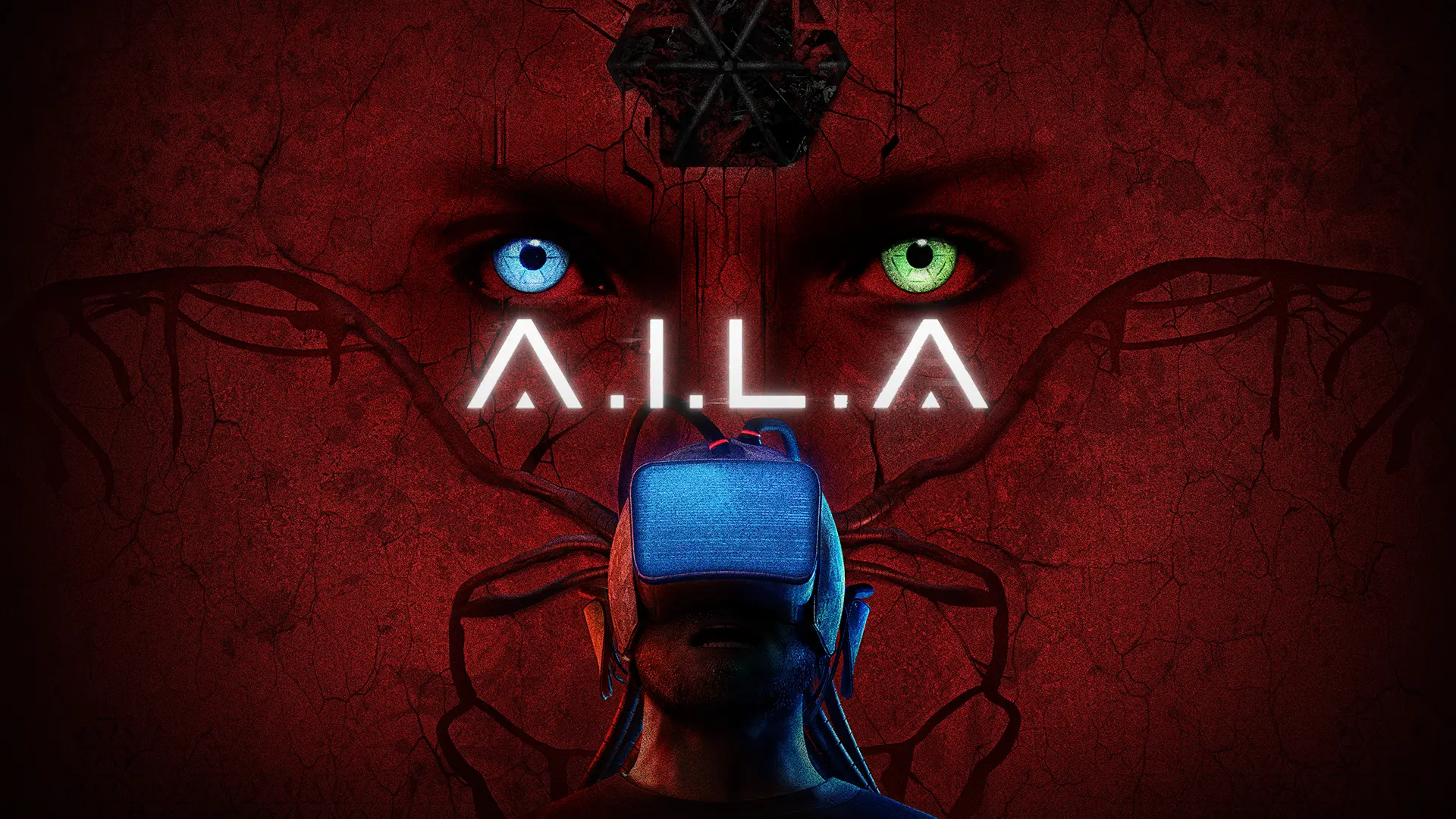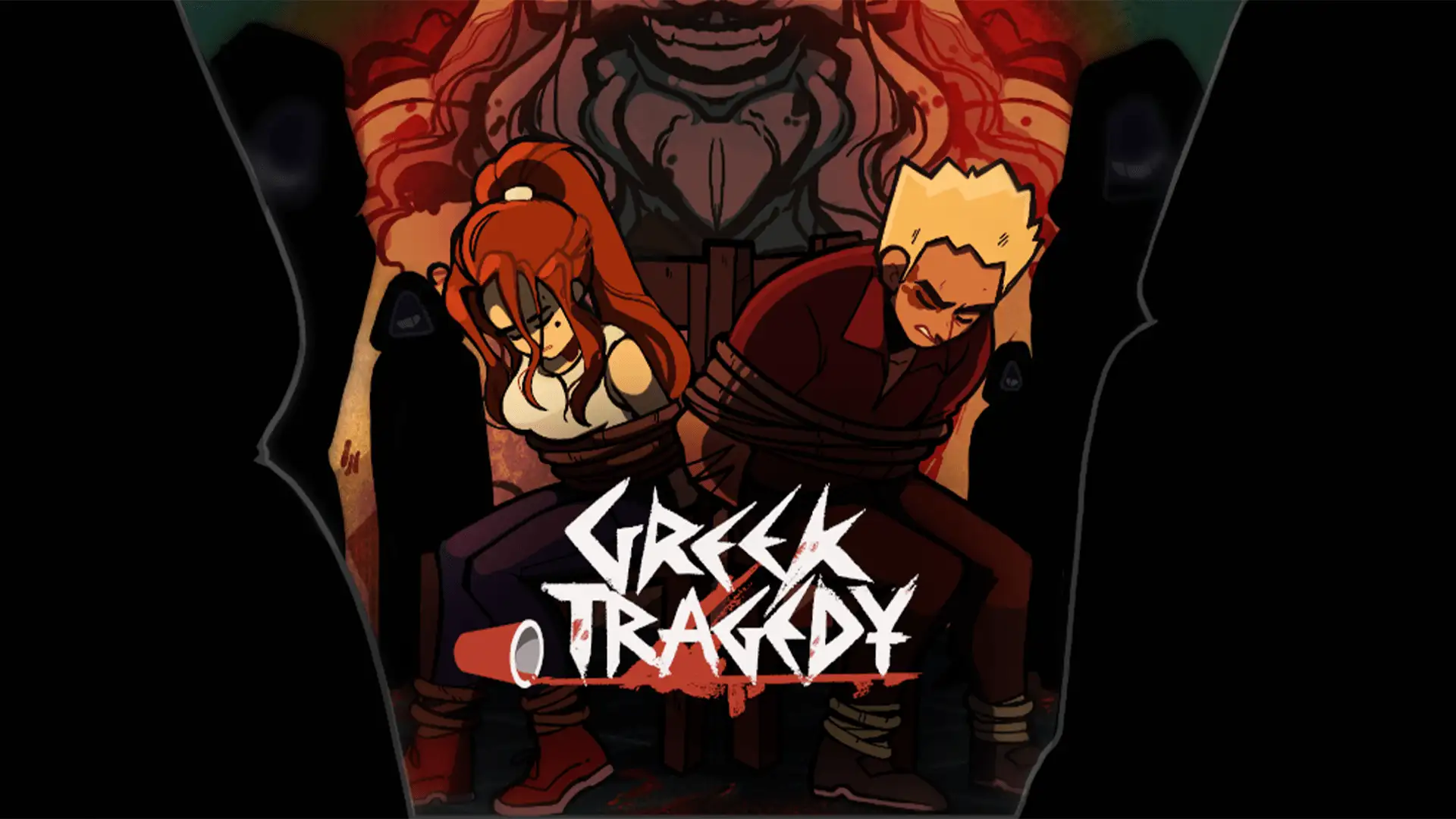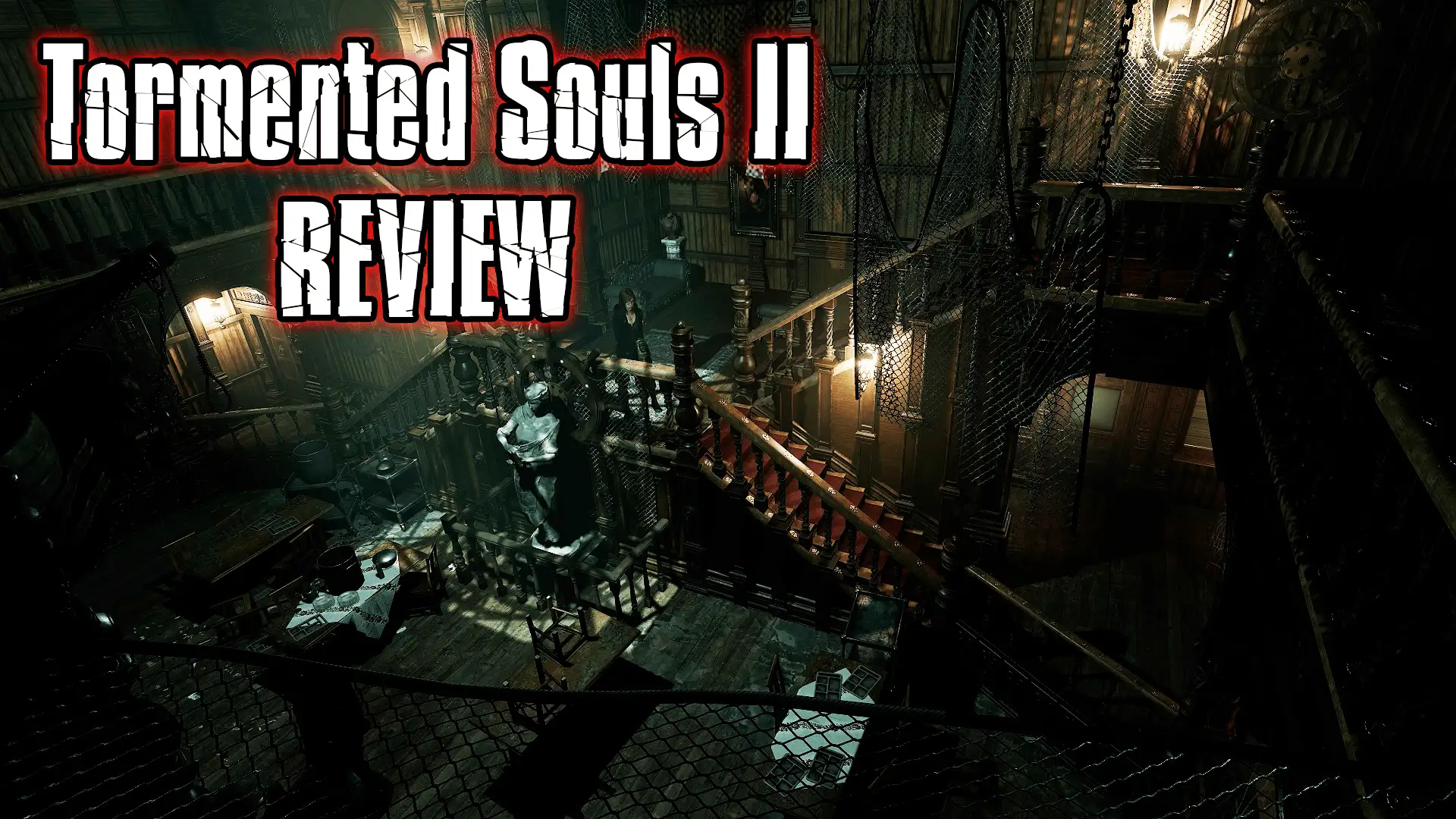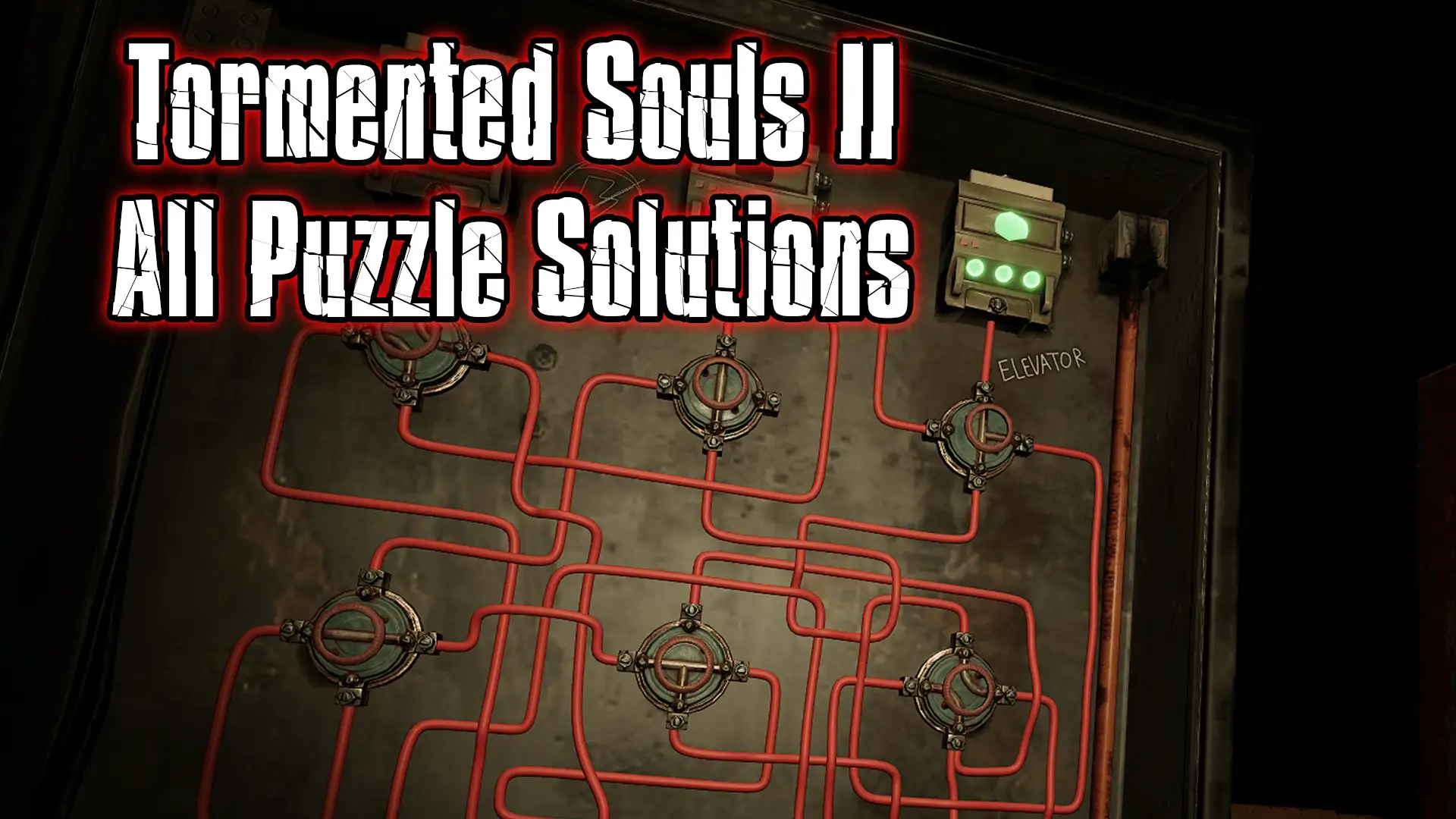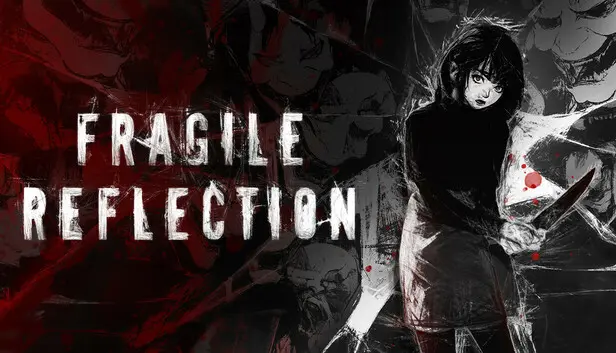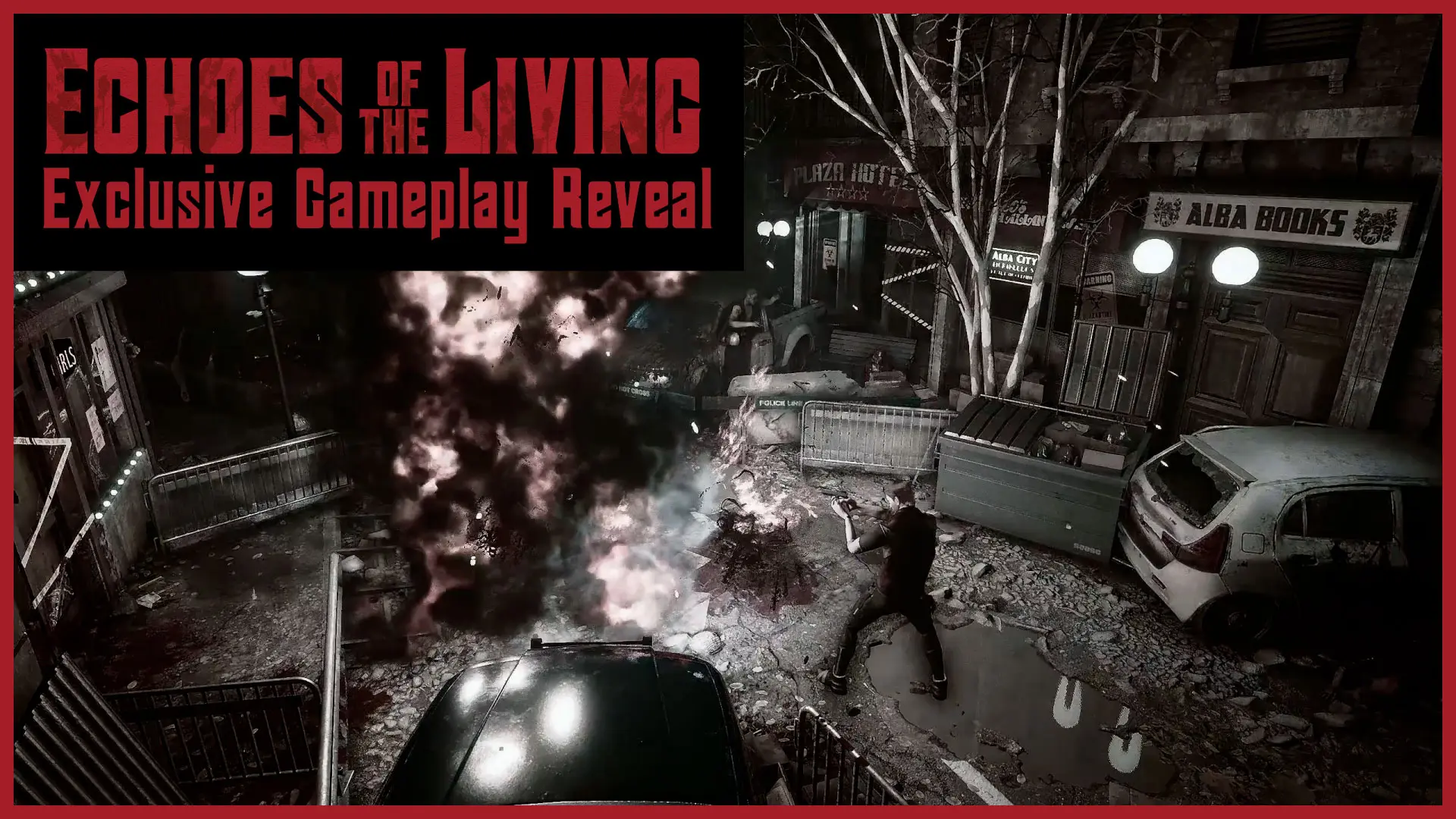New Look, New Nightmare, and a Return to Classic Survival Horror Roots
Grab your nailer and lighter: survival horror fans can now step back into the shadows as Tormented Souls 2 unleashes its brand-new Steam demo, a new story teaser trailer, and a revamped look for returning protagonist Caroline Walker.
Tormented Souls 2 promises to improve on the original in every way, offering a longer campaign, upgraded visuals via Unreal Engine 5, and a fresh take on classic survival horror gameplay that fans of the genre will immediately recognise.
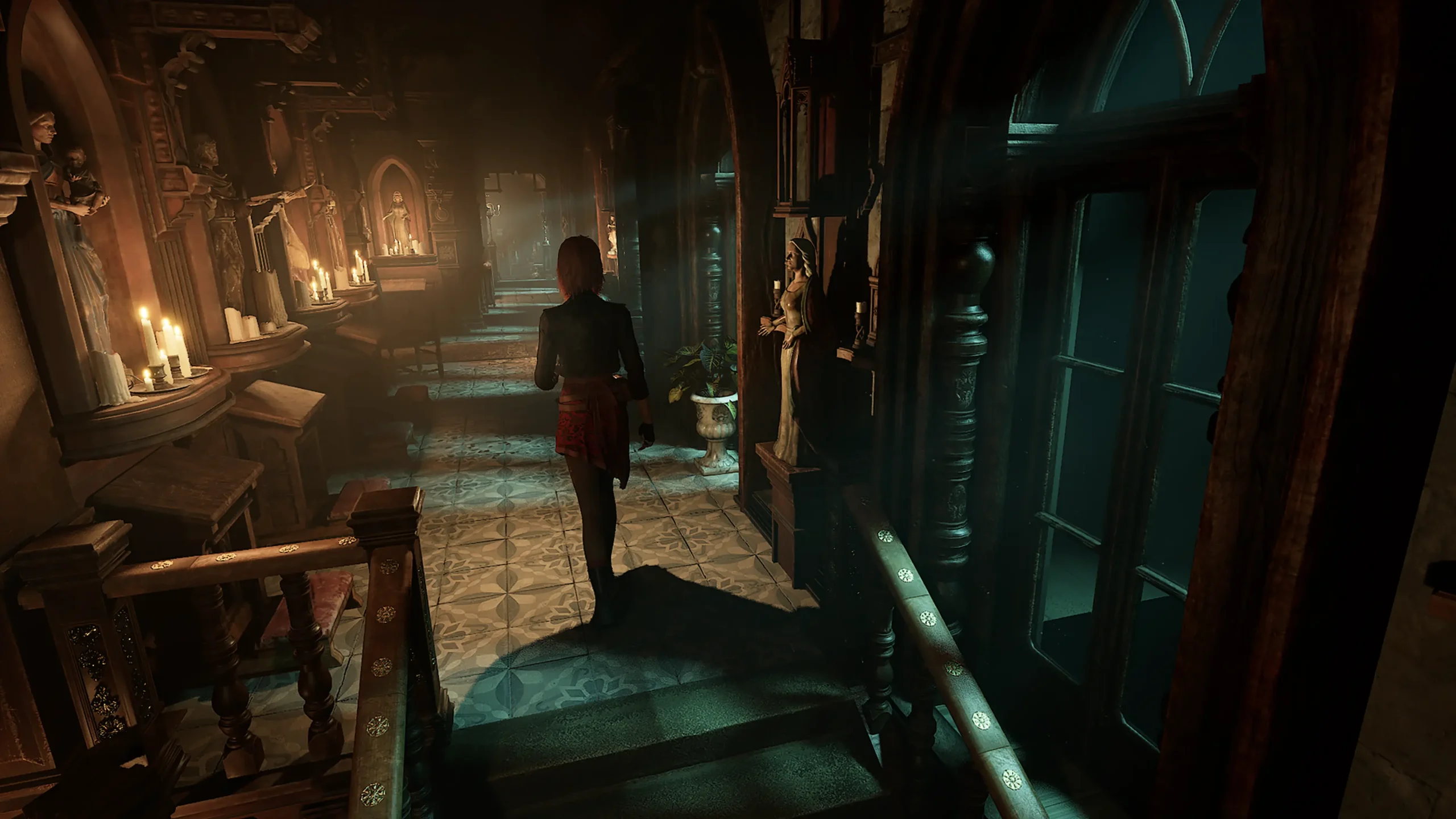
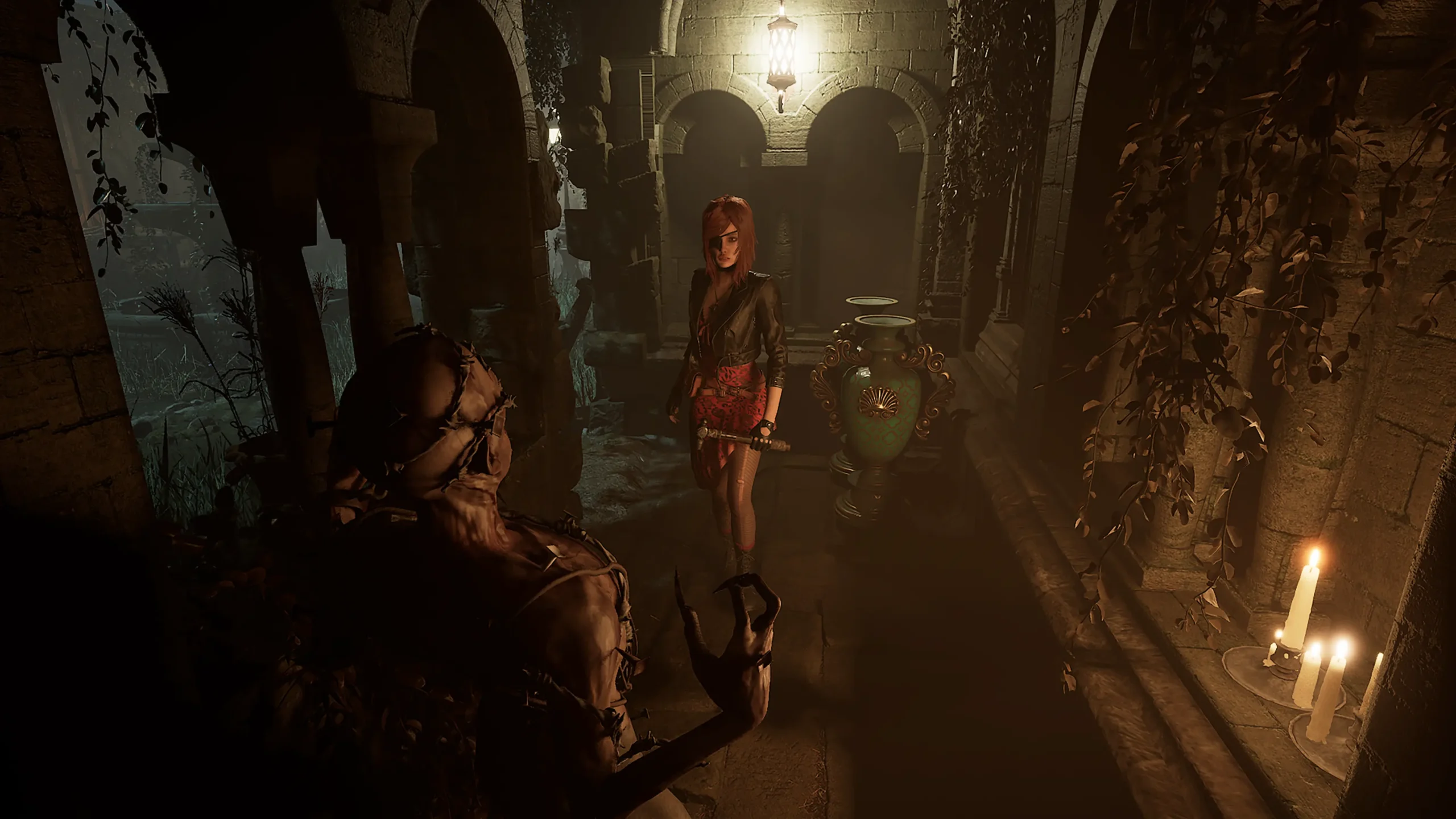
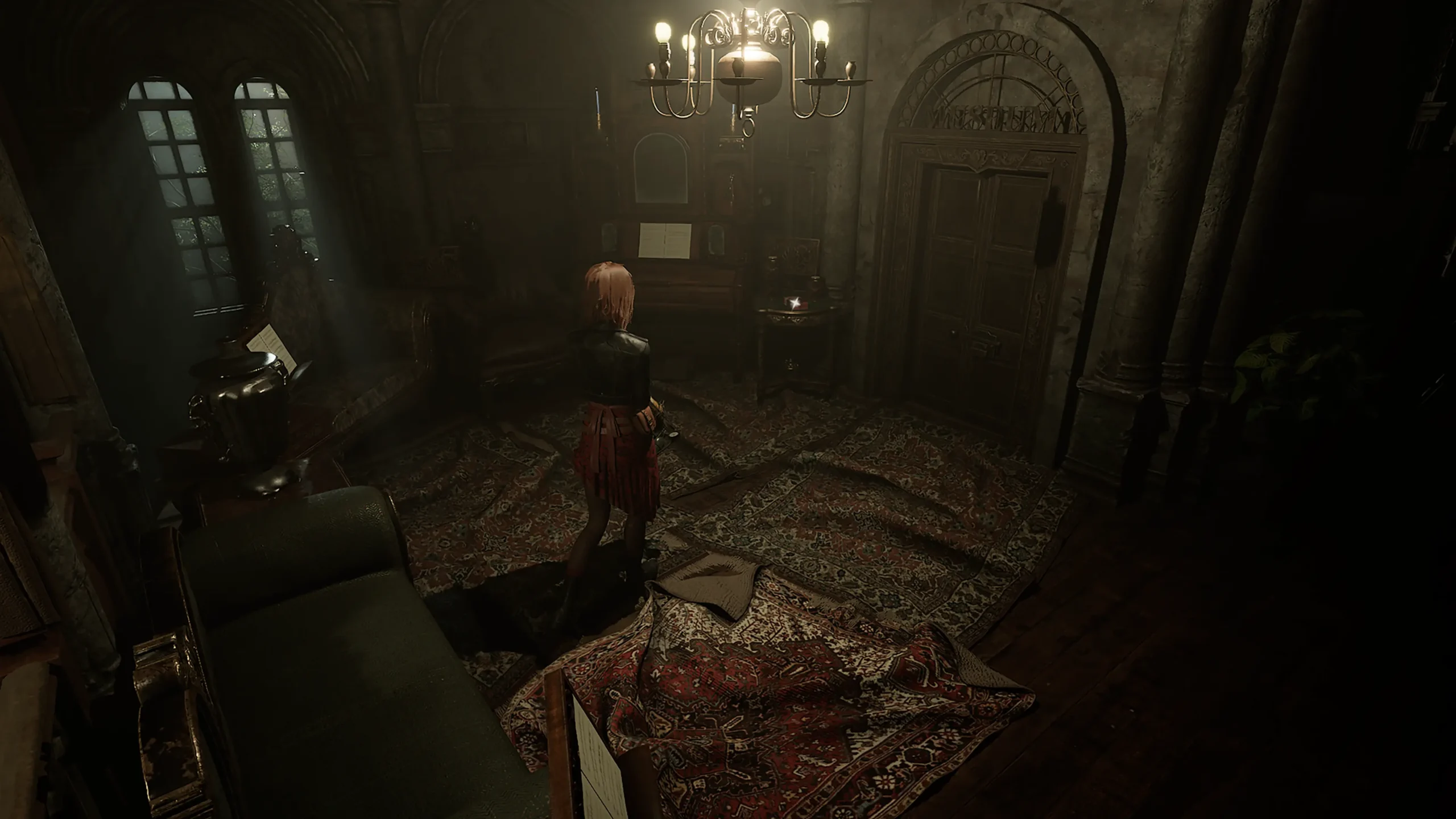
Play the Demo Now
The newly released Steam demo offers players their first hands-on with the sequel, featuring roughly 60 minutes of gameplay that sets the stage for the full story. Caroline and her sister Anna journey to Villa Hess, a secluded town in the Chilean mountains, hoping to find answers to Anna’s increasingly disturbing visions. But peace is short-lived, and players are soon thrust into a fresh nightmare involving shadowy convents, hidden passageways, and a sinister sisterhood with ties to the past.
Caroline Walker Returns with a New Look
In a nod to the series’ retro influences, Caroline’s design in Tormented Souls 2 has been reimagined to blend nostalgia with maturity. Dual Effect, the developers, describe the new look as a natural evolution, drawing inspiration from survival horror icons like Claire Redfield and Aya Brea. Caroline’s blood-red dress, worn leather jacket, and signature floral motifs combine to reflect her new role: no longer a lone survivor, but a protective sister and fierce fighter.
“We wanted to ensure she still felt familiar to returning players, while showing that she’s grown from her past trauma,” said the team. “This is very much her BIG SISTER era.”
Watch the ‘Sisterhood’ Story Teaser Trailer
Set roughly six months after the original game, Tormented Souls 2 plunges players into a terrifying new narrative. After arriving at a clinic recommended by Caroline’s psychiatrist, Isabella, things take a dark turn when Anna is abducted. Caroline awakens in the convent infirmary and must now navigate a labyrinth of fear to save her sister and uncover the twisted legacy of their family’s past.
What’s New in Tormented Souls 2
- 14+ Hours of Gameplay: A significantly longer story experience.
- New Locations: Explore a huge variety of new locations within the town including a shadowy convent, a derelict shopping mall, and an abandoned school.
- Improved Combat: Enhanced controls, new weapons like chainsaws, and a wider array of grotesque enemies.
- Supernatural Mechanics: Shift between realities and alter fate with puzzle-based time manipulation.
- Unreal Engine 5: Featuring motion capture, realistic facial animations, and richly atmospheric environments.
- Cinematic Cutscenes & English Voiceover: Full English VO with a brand-new cast.
- Multiple Difficulty Options: Whether you’re a veteran of classic survival horror or new to the genre, Tormented Souls 2 offers a tailored experience:
- Assisted Mode: Designed for accessibility and smoother progression. Autosaves are enabled, save tapes are more plentiful, ammo is abundant, and enemies are easier to defeat.
- Standard Mode: A classic survival horror challenge. Autosaves are disabled, save tapes are scarce, and careful resource management is essential.
- Tormented Mode: [Details TBC] — Expected to deliver the most unforgiving experience, designed for hardcore players seeking relentless tension and minimal mercy.
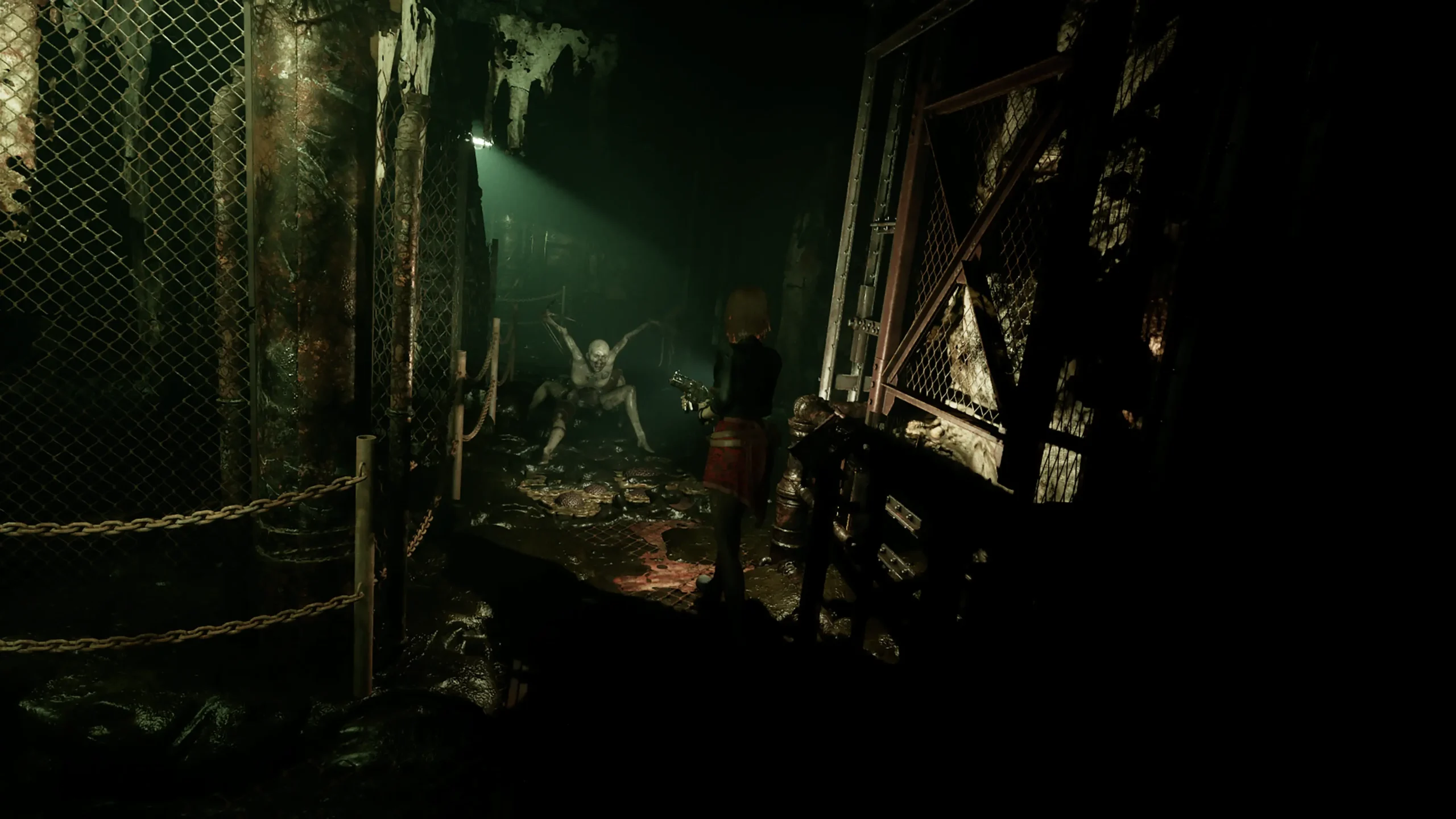
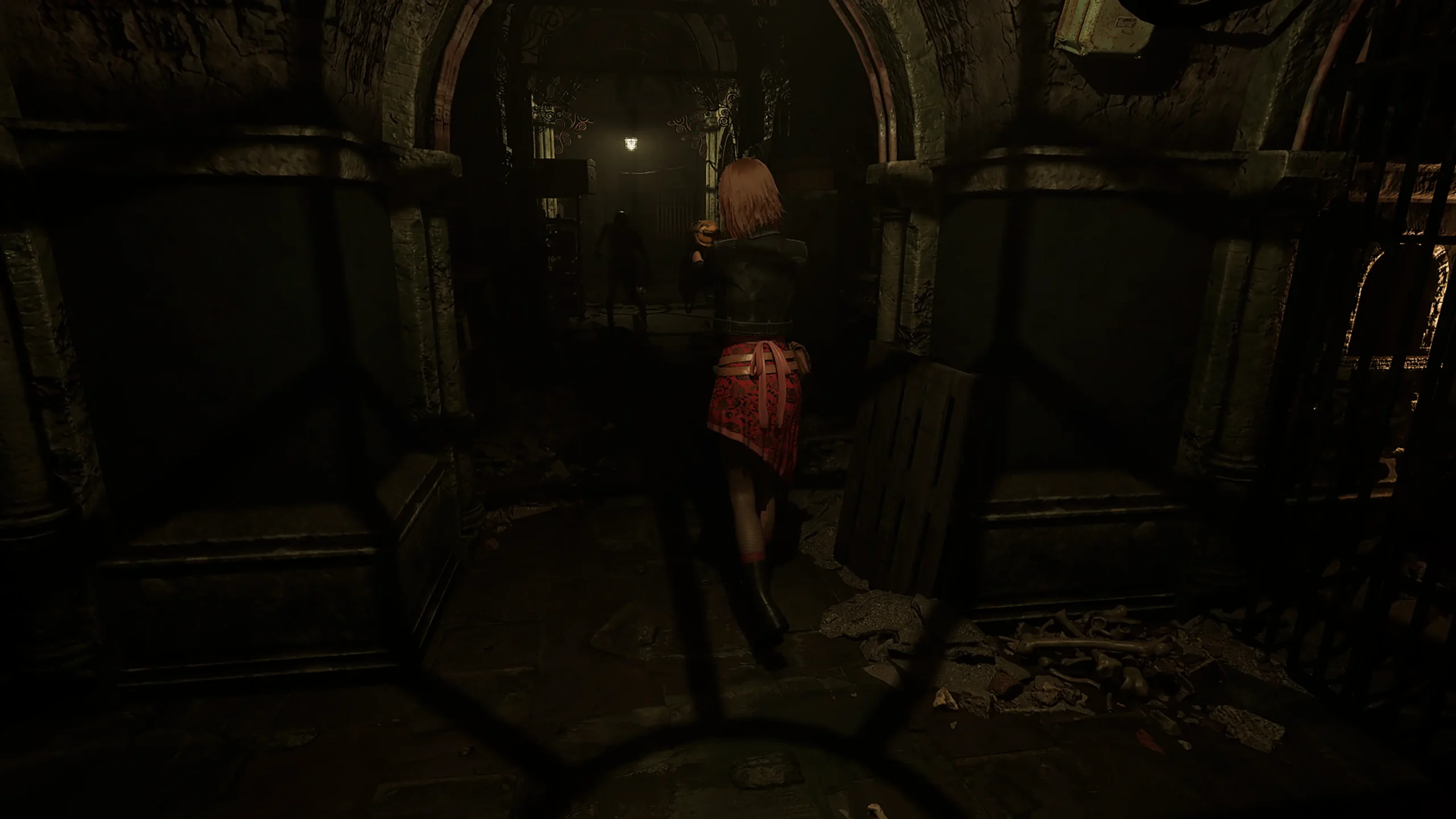
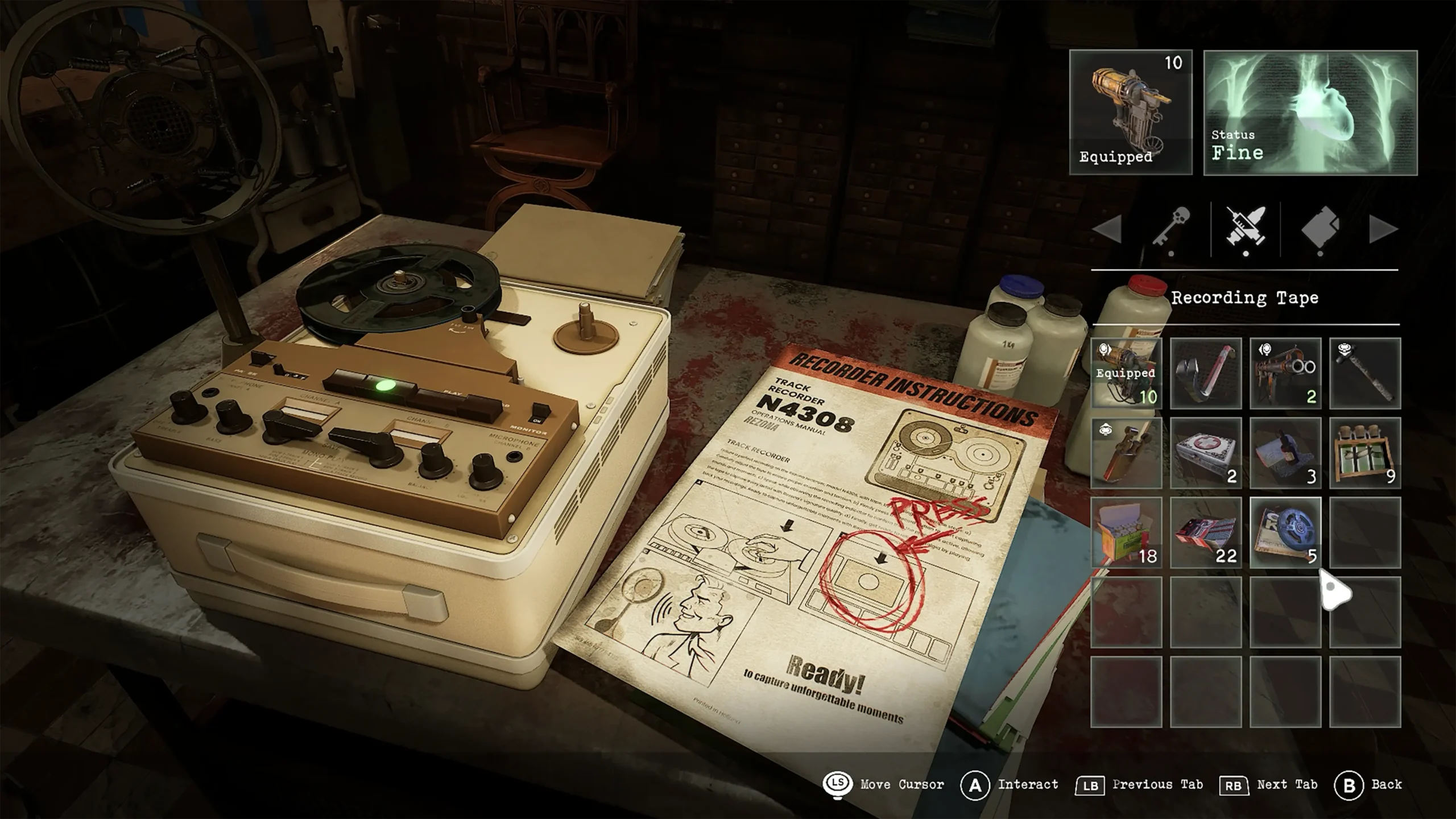
Tormented Souls 2 will launch later in 2025 on Steam, PlayStation 5, Xbox Series X|S, Epic Games Store, and GOG.com. A PlayStation 5 physical edition is also available for pre-order.
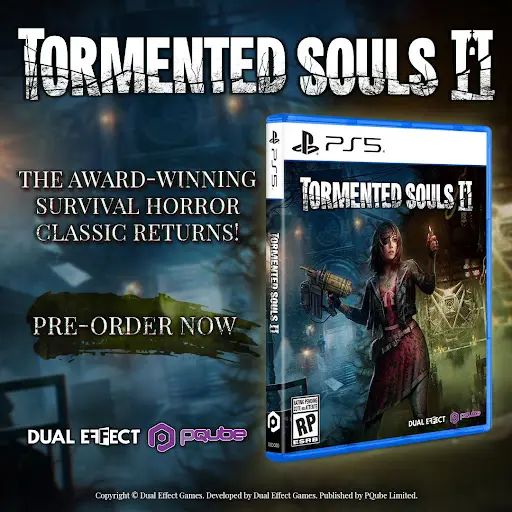
Watch the Demo in Action
Curious to see how Tormented Souls 2 plays firsthand? I’ve started a full playthrough of the Steam demo, exploring the eerie halls of Villa Hess, solving puzzles, and backtracking for an optional shotgun. Check it out to see the new mechanics, Caroline’s updated look, and some of the game’s early moments in action.

